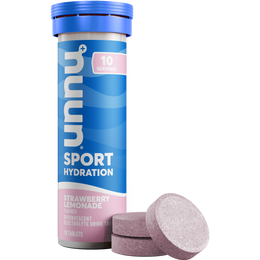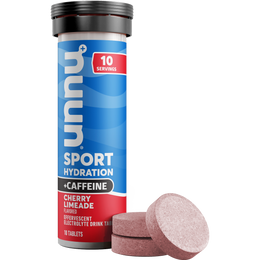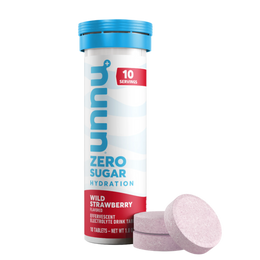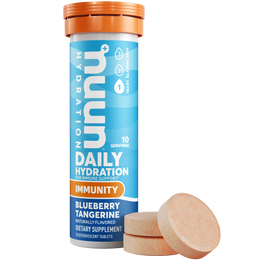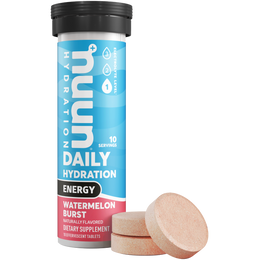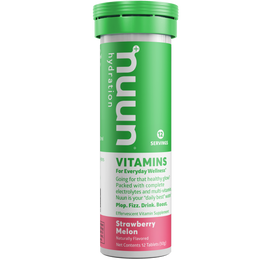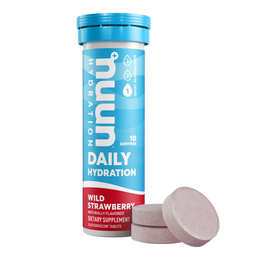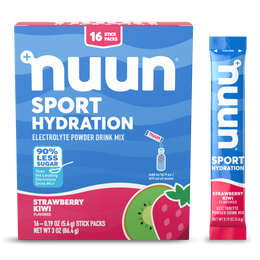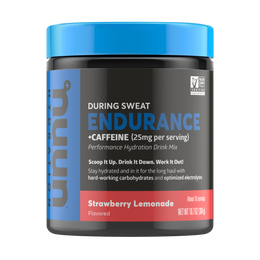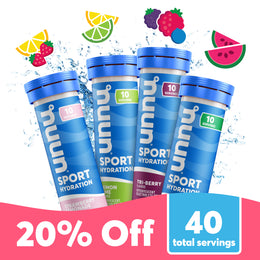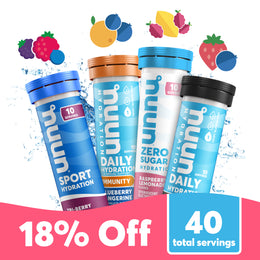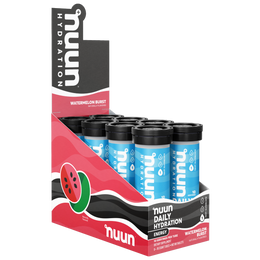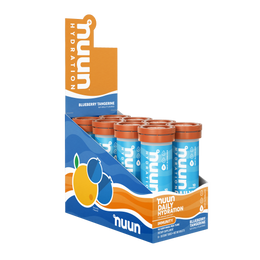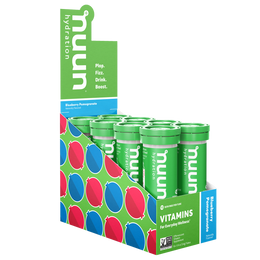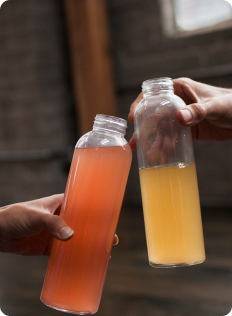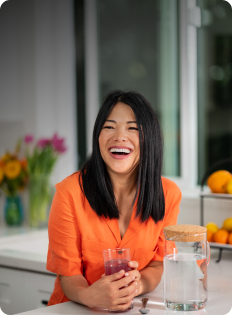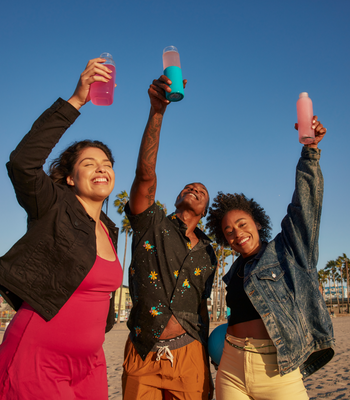Hydration For Long-Distance Sport

Staying properly hydrated is a foundational pillar for your workout performance, but are all workout hydration plans created equal? The answer is: No, depending on the duration and intensity of your workout, your body has different needs in terms of hydration and fuel. For endurance athletes, that long-distance hydration threshold occurs around 90 minutes of sustained sweat
During long distance exercise, our bodies utilize stored carbohydrates as a primary energy source. To put it simply, our bodies are only able to “bank” a certain amount of carbohydrates before we need to begin to feed it more. The oxidation, or utilization, of our internal carbohydrates storage (glucose) burns steady for the first 90-minutes of sustained exercise. Once we reach that threshold, we need to begin to replenish our glycogen stores in order to prevent a drastic hit to blood sugar levels and the function of our organs.
After 90-minutes of exercise, our physiological needs begin to shift. The sustained stress on our systems require different nutrients and ratios of those nutrients in order to push fluids into circulation most efficiently. Carbohydrates become a key component to the role of fluid circulation. Due to the body’s need for sugar replenishment, carbohydrates are more easily processed. When combined with fluids and electrolytes, carbohydrates bind to electrolytes and aid in facilitating absorption into the bloodstream.

Not all carbohydrates are created equal. There are many forms of carbs (sugars) that can be processed and digested by the human body. Our bodies are able to process these different forms of sugars through different physiological pathways. Similar to any other pathway, the intake of carbohydrates to replenish energy sources during exercise can be overloaded (resulting in stomach slosh or GI issues). To avoid overloading one specific mechanism, carbohydrate intake should be: 1. Varied and 2. Tapered.
Varied carbohydrate intake means to rely on multiple types of sugar sources to replenish your glycogen stores. By consuming varied sources of sugars, our bodies utilize different pathways and are more efficiently able to process the nutrients, delivering into the blood stream faster.
Tapered carbohydrate intake refers to supplying a “slow drip” source of sugars to your system over time, rather than carb loading in the middle of a workout. Our bodies have limits in terms of rate of carbohydrate oxidation, so finding a balance for regular replenishment without overloading your systems is the key to comfortable carbohydrate replenishment. The recommended rate of fluid replenishment is to match your body’s rate of sweat loss.
Nuun Endurance was designed with this information in mind, for workouts lasting longer than 90 minutes. Learn more about Nuun Endurance's unique composition.
